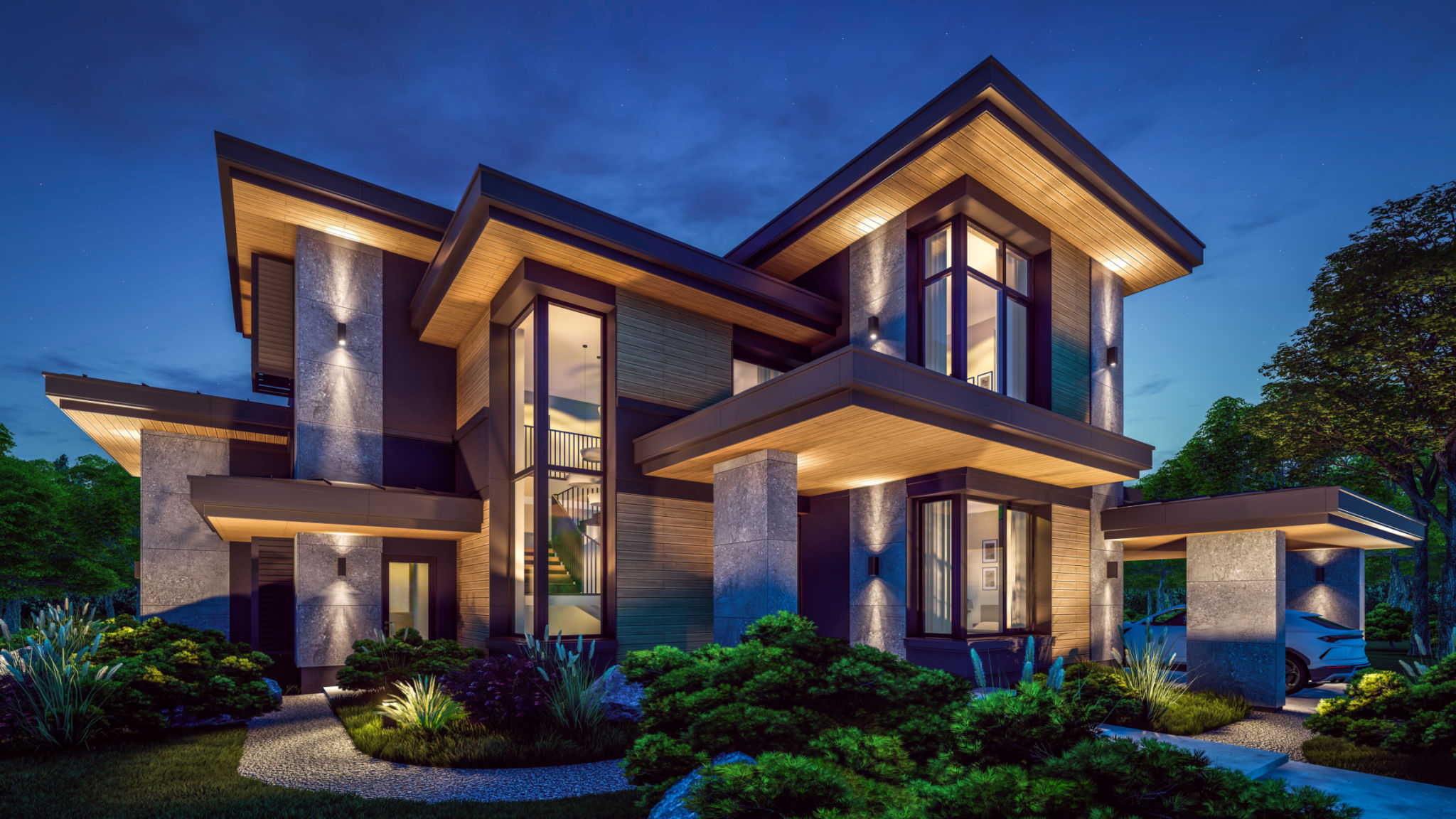The Benefits of Using 3D Renderings for Real Estate Sales: A Comprehensive Guide
Introduction to 3D Renderings in Real Estate
In the fast-paced world of real estate, standing out from the competition is crucial. One innovative approach that has been gaining traction is the use of 3D renderings. These digital representations offer a vivid and precise visualization of properties, allowing potential buyers to experience a space before it's built or renovated. This guide explores the myriad benefits of using 3D renderings in real estate sales.

Enhanced Visualization and Understanding
3D renderings provide a level of detail and realism that traditional photographs or blueprints simply cannot achieve. By offering a comprehensive view of the property, complete with furnishings, textures, and lighting, potential buyers can better understand the space. This detailed visualization helps in making informed decisions, as buyers can see exactly how a property will look and feel.
Bridging the Imagination Gap
Often, clients struggle to visualize a property's potential just from floor plans or under-construction sites. 3D renderings bridge this gap by presenting a lifelike representation of the property. This tool is particularly beneficial for off-plan sales, where buyers need to visualize the final outcome based on architectural plans.

Cost-Effectiveness and Time Efficiency
Investing in 3D renderings can be more cost-effective than traditional marketing methods. Creating scale models or staging homes for photographs can be costly and time-consuming. With 3D renderings, these expenses are minimized, and updates to designs can be made quickly without additional physical resources.
Speeding Up the Sales Process
The use of 3D renderings can significantly accelerate the sales process. High-quality visuals captivate buyers' attention and facilitate quicker decision-making. This is especially valuable in competitive markets where properties need to be showcased effectively and efficiently.

Interactive and Engaging Buyer Experience
3D renderings can be transformed into interactive experiences, such as virtual tours or augmented reality applications. These tools engage potential buyers by allowing them to explore properties at their own pace, providing an immersive experience that static images cannot match. This interactivity can lead to stronger emotional connections with the property.
Customization and Flexibility
Buyers often have specific preferences regarding interior design or layout. With 3D renderings, real estate agents can offer customizable options, showcasing different styles or configurations. This flexibility is attractive to buyers who value personalization and aids in aligning properties with their vision.
Conclusion: The Future of Real Estate Marketing
The integration of 3D renderings into real estate marketing strategies is not just a trend but a transformative shift in how properties are showcased and sold. By enhancing visualization, reducing costs, speeding up sales, and engaging buyers through interactive experiences, 3D renderings are becoming an indispensable tool for modern real estate professionals. Embracing this technology can lead to more successful sales and satisfied clients.
